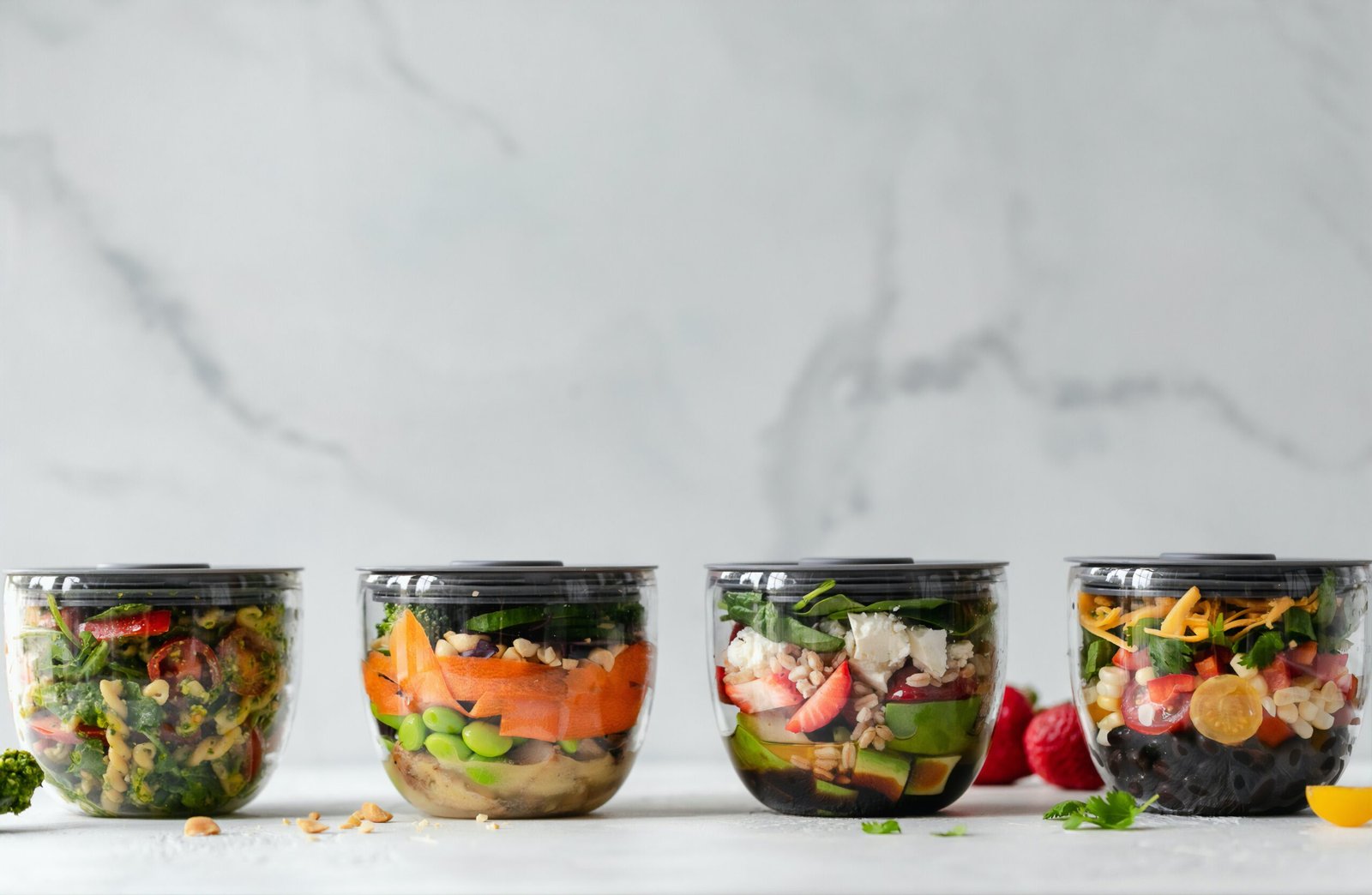
Introduction
Meal planning is an essential skill for anyone looking to save time, money, and stress in their daily lives. By taking the time to plan your meals in advance, you can streamline your grocery shopping, avoid food waste, and ensure that you always have delicious and nutritious meals on hand. In this guide, we will walk you through the process of efficient meal planning, from creating a grocery list to preparing a satisfying dinner.
Step 1: Assess Your Needs
The first step in efficient meal planning is to assess your needs. Take a moment to consider your dietary preferences, any dietary restrictions, and the number of people you will be cooking for. This will help you determine the quantity and variety of ingredients you will need.
Step 2: Plan Your Meals
Once you have assessed your needs, it’s time to plan your meals for the week. Start by brainstorming a list of meals that you enjoy and that fit your dietary requirements. Consider incorporating a mix of proteins, grains, fruits, and vegetables to ensure a well-balanced diet.
Next, create a meal calendar for the week, assigning specific meals to each day. This will help you stay organized and ensure that you have all the necessary ingredients on hand when it’s time to cook.
Step 3: Create Your Grocery List
With your meal plan in hand, it’s time to create your grocery list. Go through each meal on your calendar and write down all the ingredients you will need. Be sure to check your pantry and fridge to see if you already have any of the items on your list.
Organize your grocery list by sections, such as produce, dairy, meat, and pantry staples. This will make your shopping trip more efficient, as you can easily navigate through the store and avoid backtracking.
Step 4: Shop Smart
When it’s time to hit the grocery store, remember to shop smart. Stick to your grocery list and avoid impulse purchases. Look for sales and discounts on items that are on your list, but be mindful of expiration dates and quality.
Consider shopping at local farmers markets or joining a community-supported agriculture (CSA) program to support local growers and get fresh, seasonal produce. These options can often provide more variety and better quality than traditional supermarkets.
Step 5: Prep Ahead
To make your weeknights easier, consider doing some meal prep ahead of time. Chop vegetables, marinate meats, or cook grains in advance, so that when it’s time to cook, you can simply assemble and heat. This will save you time and make cooking a breeze.
Invest in good quality food storage containers to store prepped ingredients and leftovers. This will help you keep your fridge organized and prevent food waste.
Step 6: Enjoy Your Meals
Now that you have your ingredients and meals planned, it’s time to enjoy the fruits of your labor. Follow your meal calendar and cook each meal as planned. Remember to savor the flavors and take pride in the fact that you have successfully executed an efficient meal planning strategy.
Conclusion
Efficient meal planning is a game-changer when it comes to saving time, money, and stress in the kitchen. By assessing your needs, planning your meals, creating a grocery list, shopping smart, prepping ahead, and enjoying your meals, you can streamline your cooking process and ensure that you always have a delicious and nutritious dinner on the table.
So, grab a pen and paper, start meal planning, and take control of your time and your kitchen!